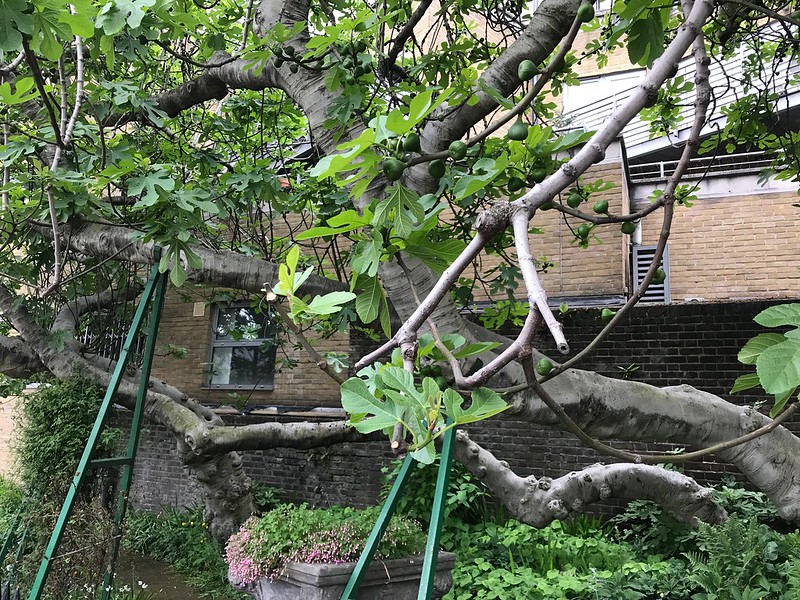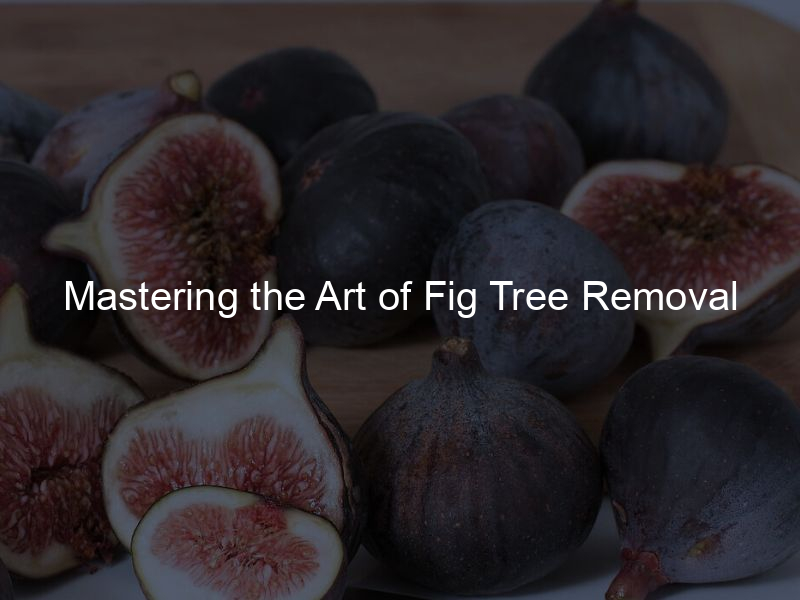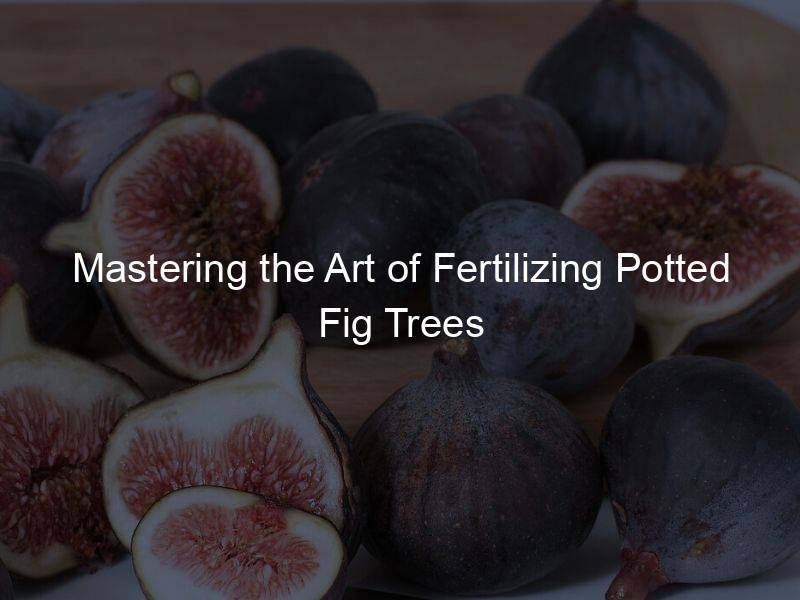Fig trees are a popular choice for many landscaping projects. They’re attractive and easy to grow, so it’s no wonder they’re a favorite among gardeners and homeowners alike. But how big do fig trees get? The answer depends on your fig tree type, as some varieties can reach heights of over 30 feet while others stay relatively small. This article will discuss the various types of fig trees and how large they can grow.
The size of a fig tree depends on the variety. For example, the Celeste Fig Tree is one of the most popular varieties and can grow up to 25 feet tall with an equal spread. On the other hand, some dwarf types, like Brown Turkey Figs, are more compact and only reach heights between four and eight feet.
How quickly does a fig tree grow?
Fig trees can grow up to six feet in a single year, depending on the variety. Some types are slower growers and may take about three years to reach maximum height. The tree size also depends on environmental factors such as soil quality, water availability, and temperature. If you’re looking for rapid growth, plant your fig tree in an area with plenty of sunlight and well-draining soil.
The growth rate of a fig tree also depends on the variety. Some types, like Tiger Fig Trees, are considered fast-growing and can reach maximum height in as little as three years. Other varieties take longer to mature and may take up to seven or eight years for full development.
How do you keep a fig tree small?
If you don’t want your fig tree to get too big, you can do a few things. Prune fig trees are one of the best ways to keep a fig tree small and maintain its shape. Regularly prune your fig tree in late winter or early spring before new growth begins. Additionally, fertilizing your fig trees with high-quality fertilizer will promote healthy and steady growth instead of rapid expansion.
No matter what type of fig tree you choose, it’s essential to know how large it can grow so that you can plan accordingly for space and maintenance needs. With the proper care, any fig tree should thrive in most climates!
Are fig tree roots invasive?
The roots of fig trees can be invasive, so it’s important to monitor the growth of your tree. If you want to plant a fig tree near a structure or other plants in your garden, put down some root barriers before planting. This will help prevent the roots from spreading and damaging nearby objects. Additionally, make sure your soil is well-draining and avoid overwatering, as this can cause root rot and other problems with the tree’s health. Furthermore, it’s best to choose a smaller variety of fig trees or plants in an area with plenty of space away from other plants and buildings. Additionally, consider planting your fig trees in containers to limit their growth potential.
How much distance should be kept between the fig tree and the house’s walls?
It’s best to keep at least five feet of distance between a fig tree and the walls of your house. This will help ensure that the roots don’t cause any damage to the foundation or underground pipes. If you live in an area with heavy rainfall, keeping your fig trees away from structures is even more important to prevent flooding. Additionally, be sure to plant your fig tree in an area with plenty of sunlight and well-draining soil for maximum growth potential.
What is the Lifespan of a Fig Tree?
The lifespan of a fig tree depends largely on the variety and conditions it is planted in. Some varieties are hardier than others, with some trees living up to 40 years or more when given proper care. On average, most fig trees have a lifespan between 15-25 years, although this can vary depending on location and other environmental factors.
The oldest known fig tree is located in the Garden of Gethsemane in Jerusalem. This tree is believed to have been planted over 2000 years ago and still stands today. In addition to being one of the oldest trees in existence, it’s also an important place for religious ceremonies and pilgrimage sites. There are other old fig trees around the world, but this particular tree is considered one of the oldest living fig trees in the world.
How much space does a fig tree require?
The amount of space a fig tree requires depends on the variety and your planting location. The amount of space needed for a fig tree depends on the variety. Smaller varieties, such as Brown Turkey Figs, need about six to eight feet in each direction, while more significant types, like Celeste Fig Trees, can take up more than 25 feet in total. If you’re planting several trees together, make sure to leave enough room between them so that they have plenty of space to grow and spread out. If space is limited, consider selecting smaller varieties or container-grown plants that can be moved easily if needed.
Now that you know how big fig trees get and what kind of care they require, it’s time to decide which type would be best for your landscape!
The size of Ten varieties of fig trees:
- Celeste Fig Tree: 25 feet in total
- Brown Turkey Figs: six to eight feet in each direction
- Tiger Fig Trees: up to seven or eight feet tall
- Osborne Prolific Fig Tree: between ten and fifteen feet wide
- Italian Honey Fig Tree: twelve to twenty-five feet across
- White Genoa Fig Tree: eight to twelve feet wide
- LSU Purple fig tree: five to nine feet tall
- Black Mission fig tree: six to twenty-five feet wide
- Kadota fig tree: four to fifteen feet high
- Adriatic fig tree: three to twelve feet tall
Fig trees can range in size from small to large, depending on the variety. We hope this article has helped you better understand what kind of care is needed for different varieties of fig trees. Knowing how much space a fig tree needs before planting is crucial so you can plan accordingly for its growth and maintenance requirements. Additionally, regular pruning and fertilizing your fig tree will help it grow healthy and steady instead of too quickly. For more information on caring for your fig tree, continue browsing our website!









